Paper, Light & Scale: Design Exercise
The exercise was developed by us and was conducted as part of the basics of design studio course (zoom, unfortunately) for architecture and interior design studies in Shankar. Let’s note that they haven’t even learned Photoshop yet – they improvised everything on PowerPoint! The exercise dealt with the filtering and routing of light, Muslim architecture, jalis, mashrabiyas, paper folding and cutting (Kirigami), transition between scales, and especially the stretching of the boundaries and increasing the effect of simple and cheap raw material with the help of physical and digital processing and the wonders of lighting.
The one and only Anat Moberman – once my lecturer for the history of architecture at the Holon Institute of Technology HIT and today a dear teaching colleague at Shankar, contributed to the exercise with her tremendous knowledge of the history of Muslim architecture and modern interpretations of mashrabiya design in general, so thank you 🙂
+
Summary of the exercise:
1. Take a simple piece of white paper and… cut, fold, burn, pierce, absorb… and create three interpretations of Jali (mashrabiya tiles), where each example will filter the light and the view to a different degree.
2. Place the jalis on top of each other, at different angles and distances, with different lighting in front or behind, choose 10 successful variations and photograph them.
3. According to or by the Jali, plan and execute a three-dimensional structure that will contain a light source. Emphasis on volumes, layers, transitions and inspiration from Muslim architecture and architecture in general.
4. Choose ten photographs from the three previous parts of the exercise and implant silhouettes (people and/or objects) into them, thus turning them into architectural frames, where the size and position ratio between the photographed object and the implanted object will create changes in the perception of scale and space. It is also possible to base a collage from several photographs.
So… here are some of the results of the future generation of Israeli designers:
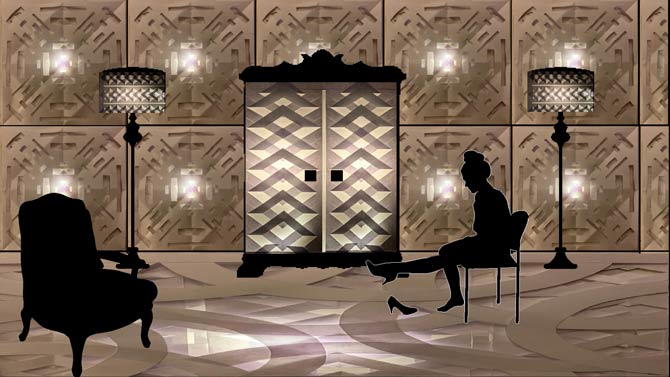
Bracha Ilan | design basics course A | Shankar engineers, architecture and interior design department
+
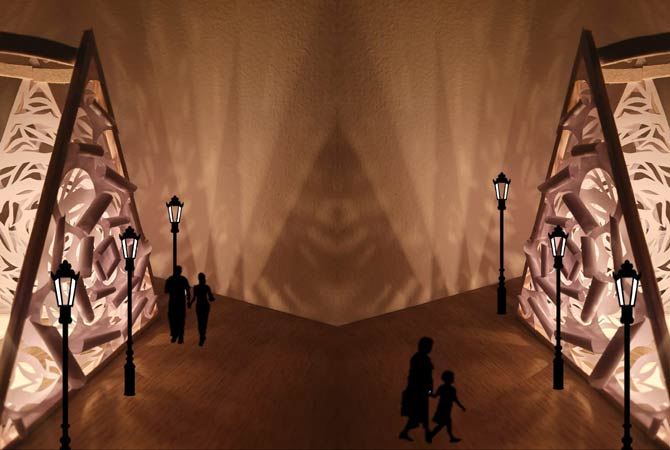
Zoe Shukran | design basics course A | Shankar engineers, architecture and interior design department
+
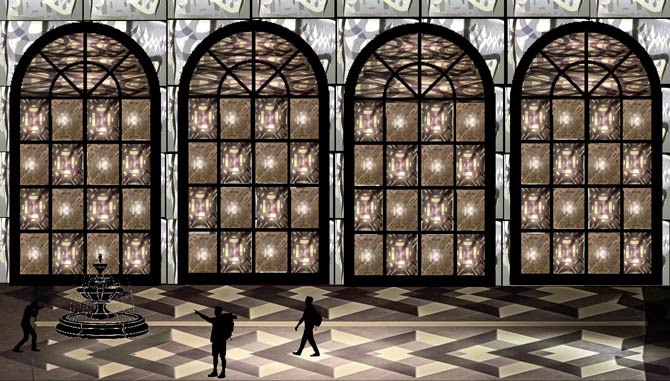
Ori Wais | design basics course A | Shankar engineers, architecture and interior design department
+
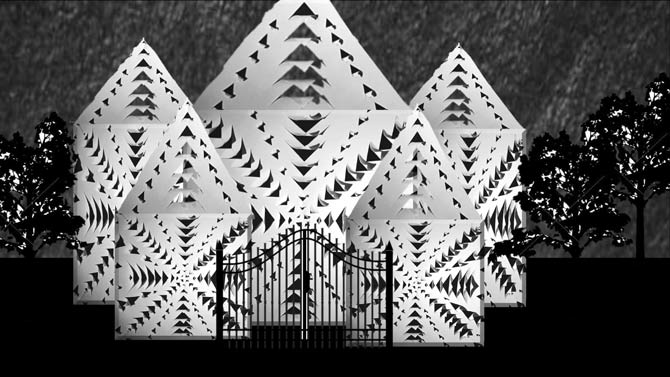
Barak Moshe Twito | design basics course A | Shankar engineers, architecture and interior design department
+
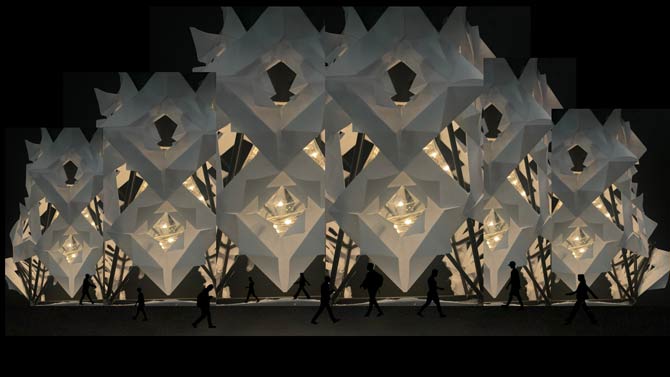
Hadas Cohen | design basics course A | Shankar engineers, architecture and interior design department
+
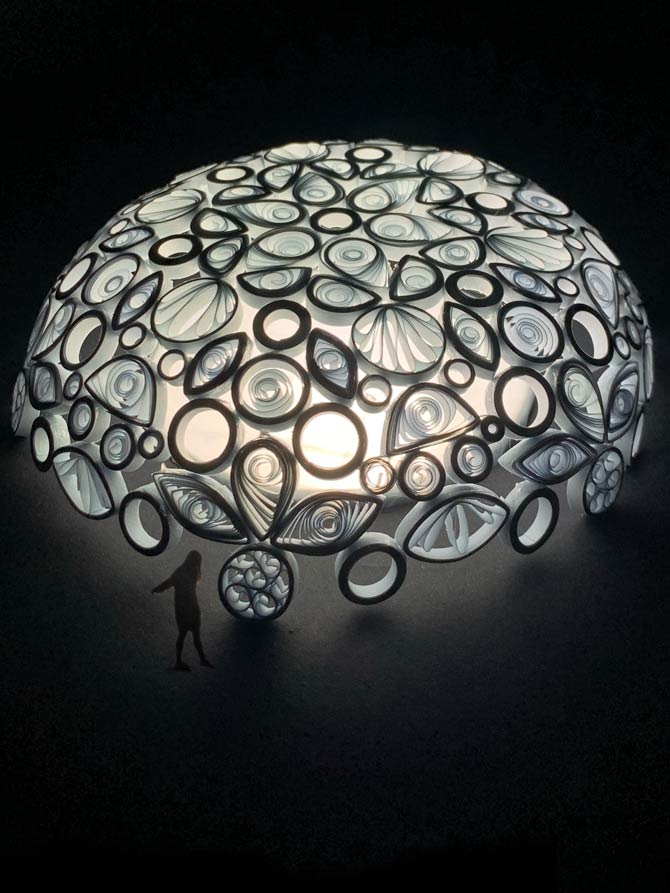
Efrat Bash | design basics course A | Shankar engineers, architecture and interior design department
+
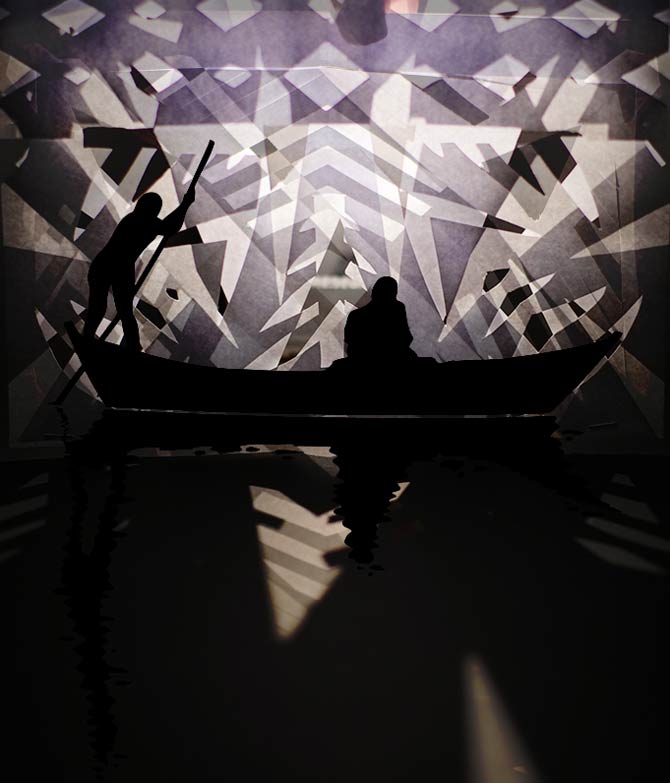
Adi Shomrat | design basics course A | Shankar engineers, architecture and interior design department
+
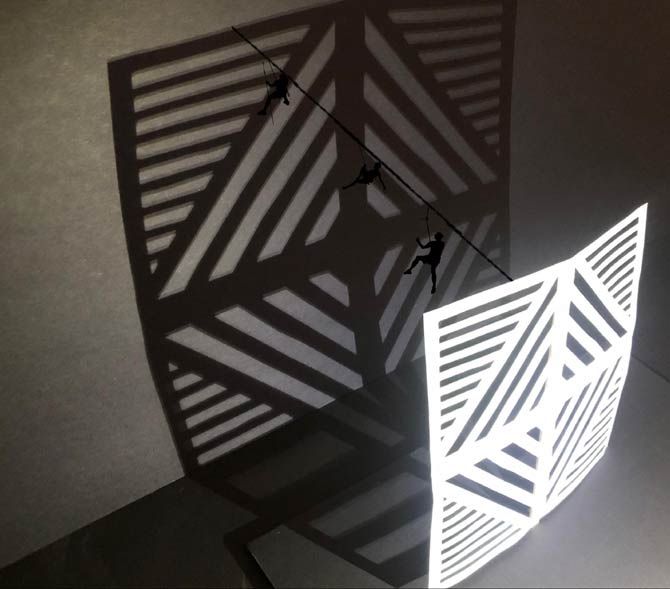
Assaf Bavli | design basics course A | Shankar engineers, architecture and interior design department
+
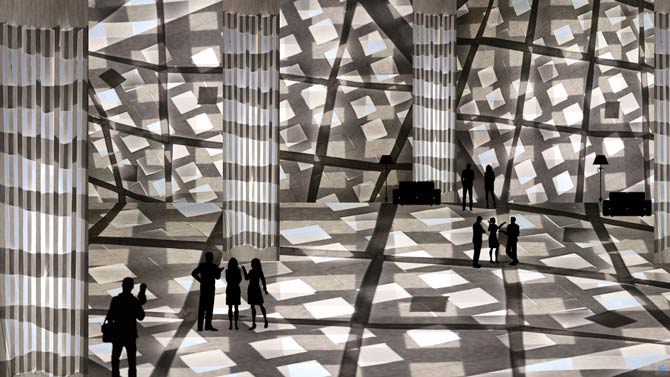
Ido Elkaslasi | design basics course A | Shankar engineers, architecture and interior design department
+
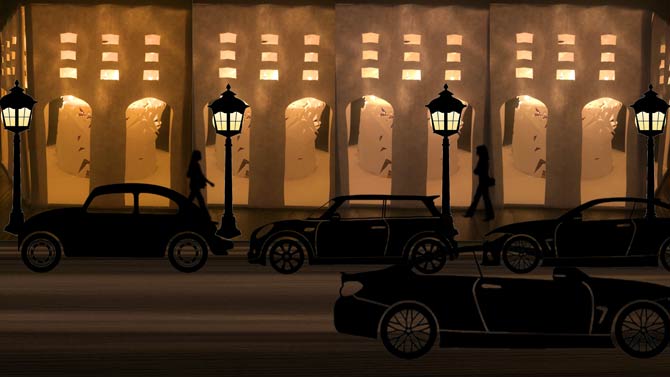
Michael Benin | design basics course A | Shankar engineers, architecture and interior design department
+
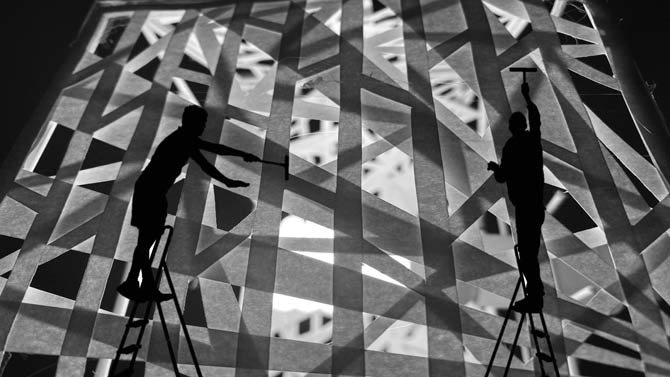
Raz Bensasi | design basics course A | Shankar engineers, architecture and interior design department
Categories
- Art »
- Bricolage »
- Collaborations »
- Courses & Education »
- Exhibitions »
- Inspiration »
- Our Clients »
- Projects »